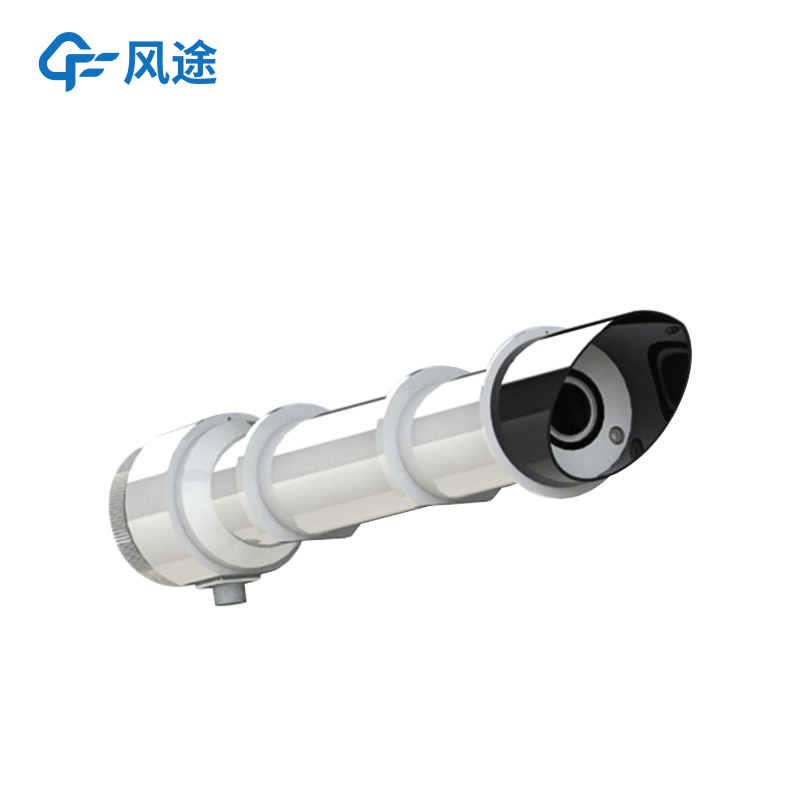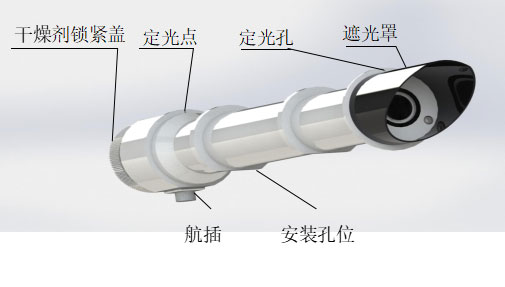Tianyi Sensor IOT Technology Co., Ltd
Sales Manager:Ms. Emily Wang
Cel,Whatsapp,Wechat:+86 15898932201
Email:info@fengtutec.com
Add:No. 155 Optoelectronic Industry Accelerator, Gaoxin District, Weifang, Shandong, China

Sales Manager:Ms. Emily Wang
Cel,Whatsapp,Wechat:+86 15898932201
Email:info@fengtutec.com
Add:No. 155 Optoelectronic Industry Accelerator, Gaoxin District, Weifang, Shandong, China

Model:FT-FS5
Brand:tianyi
Direct radiation sensor device introduction
Direct radiation sensor is used to measure solar radiation and can monitor the intensity of direct solar radiation. It can be applied in many fields.Direct radiation sensor can be used to measure the direct radiation intensity of the solar spectrum in the spectral range of 0.28-3μm. The core device of the radiation sensor is a high-precision photosensitive element, with an optimized design of the precise collimator, good stability and high accuracy; at the same time, a quartz glass sheet made of precision optical cold processing is installed outside the sensing element, and a light shield is installed on the front end of the quartz glass sheet installation cylinder, which effectively prevents the influence of environmental factors on the sensor performance; the desiccant lock cover is equipped with a circular glass observation window, and a built-in color-changing silicone desiccant, which is convenient for observing the water absorption of the desiccant.
This product complies with the requirements of ISO9060 and WMO World Meteorological Organization Specification (CIMO Guide) and the latest Chinese meteorological standard "QX/T 20-2016 Direct Radiation Table". It can be widely used in the measurement of direct solar radiation energy in meteorological, solar energy utilization, agriculture and forestry, building material aging and atmospheric environment monitoring and other departments.
Direct radiation sensor technical parameters
| Parameter name | Specifications | illustrate |
| Level standard | FIRST CLASS | |
| Time response (95%) | 10s | |
| Heat radiation zero point offset | ±2W/㎡ | |
| Temperature change zero point offset | ±1W/㎡ | |
| Nonlinear Error | ±0.2% | |
| Yearly stability | ±0.5%/1yr | |
| Spectral consistency | ±3% | |
| Spectral Error | ±0.2% | |
| Temperature response (-10~40℃) | ±0.5% | |
| Inclination error | ±0.2% | |
| Spectral response | 285~3000nm | |
| Open corner | 4° | |
| Tracking accuracy | <±1º/24h | |
| Sensitivity | 7~14μV/W•m-2 | |
| Operating voltage | none | Millivolt voltage output |
| DC 24V | Standard current output | |
| DC 12~24V | RS485 output | |
| Signal output | 0~20mV | |
| 4~20mA | ||
| RS485 (MODBUS protocol) | ||
| Cable length | 2 meters | |
| Working environment | Temperature range: -40~85℃ | |
| Humidity range: 0~100% RH | ||
| weight | 0.46kg | No cable included |
| External dimensions | 290×67×56 (mm) | |
| Installation dimensions | 4-M2.5, hole spacing 23×86 (mm) |
Direct radiation sensor appearance and composition

In the road structure system, from top to bottom are the surface course (with a thickness of about 15 centimeters), the base course (with a thickness of about 30 centimeters), the cushion course (with a thickness of about 25 centimeters), and the subgrade. The highway subgrade can encounter problems...
Negative oxygen ions are hailed as “air vitamins” and are extremely beneficial to human health. As people’s awareness of health and pursuit of tourism quality have improved, scenic areas’ implementation of negative oxygen ion detection projects can not only create a healthy and comfortable touri...
Here's a little bit of knowledge: Bridges actually freeze more easily than road surfaces.Why is that?From the perspective of heat dissipation, the temperature difference between a bridge deck and an ordinary road surface is quite understandable. The road surface is directly built on the ground,...
Although traditional mechanical wind speed and direction meters have, to some extent, met basic requirements, they have limitations in terms of accuracy, response speed, and reliability. With the advancement of technology, the 3D Ultrasonic Anemometer based on the time - difference method has been d...